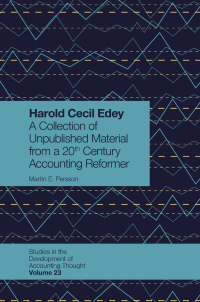Question
EmilyAnne Company makes two products: HIGH and LOW. It makes a profit of $100 per unit on each HIGH product sold, and $30 per unit
EmilyAnne Company makes two products: HIGH and LOW. It makes a profit of $100 per unit on each HIGH product sold, and $30 per unit on each LOW product sold. The demand for its products is that it can sell all the HIGH and LOW products that the company can make. Note: Sales of a fraction of a product are possible.
To make each product requires two activities: (1) Assembling, and (2) Painting. The Assembling Department has 600 hours available while the paint shop has 600 hours available.
It takes SIX hours of Assembling and FIVE hours of Painting to make one HIGH product.
It takes TWO hours of Assembling and THREE hour of Painting to make one LOW product.
Required
(1) State the information in mathematical form [use H for HIGH product; and L for LOW product.
I. Show the Profit equation. II. Show each constraint equation for Assembling and Painting.
(2) Consider the graphs shown below based on production constraints].
I. Solve the Constraint equations to determine the numeric amounts for Points A, and B.
Enter answers in spaces. Show computations.
Do Point C for extra credit.
II. Use appropriate letters from the graph [A, B, C, D, E] to indicate THE FEASABLE BOUNDARY.
EXTRA CREDIT Explain [show some calculations] which Point [A, B, C, D, E] results in the
Maximum Feasible Profit.
Step by Step Solution
There are 3 Steps involved in it
Step: 1

Get Instant Access to Expert-Tailored Solutions
See step-by-step solutions with expert insights and AI powered tools for academic success
Step: 2

Step: 3

Ace Your Homework with AI
Get the answers you need in no time with our AI-driven, step-by-step assistance
Get Started


